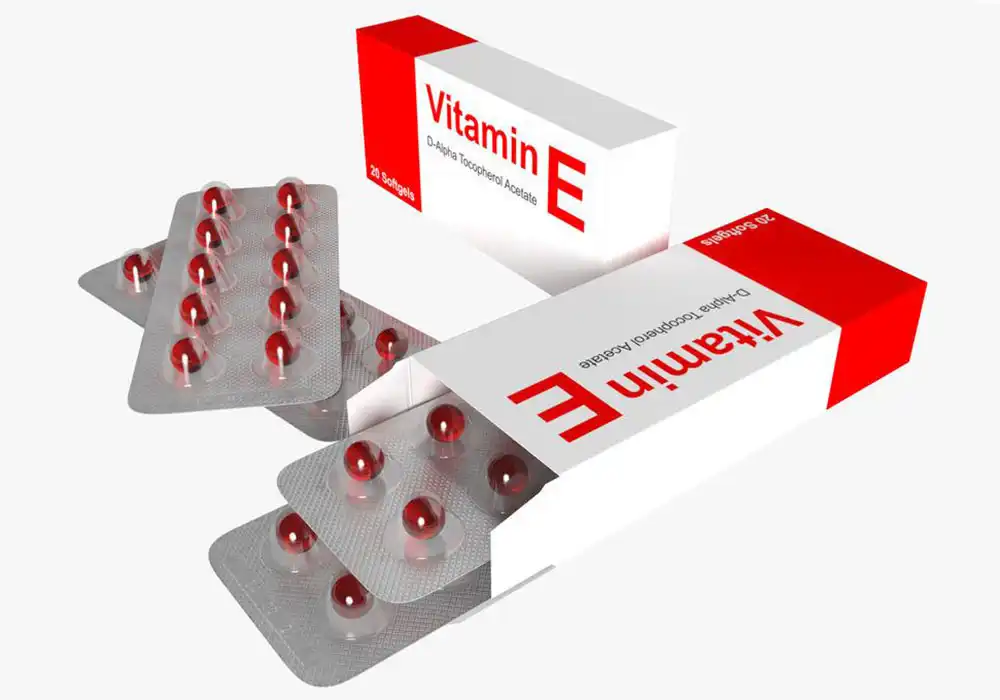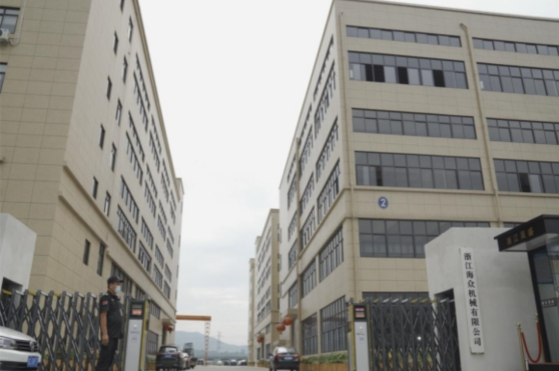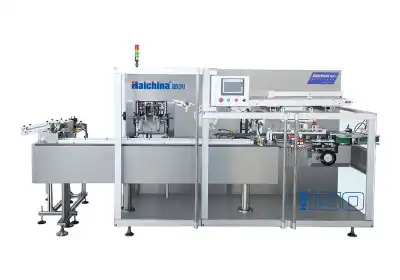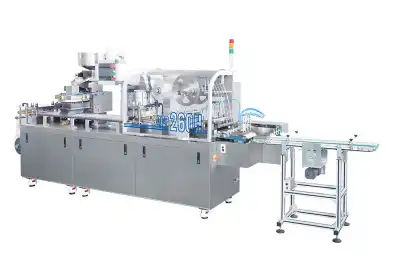Understanding the Core Categories of Packaging Automation Equipment
Primary Packaging Machines
Primary packaging machines are the first line of defense in protecting products and preparing them for distribution. These devices handle direct contact with the product, enclosing it in its initial packaging. Examples include:
- Filling machines: Designed to accurately dispense liquids, powders, or granules into containers.
- Sealing equipment: Ensures airtight closure of packages to maintain product freshness and integrity.
- Wrapping systems: Envelop products in protective materials like plastic film or paper.
Primary packaging automation not only enhances product protection but also significantly improves packaging consistency and speed. For instance, a high-speed filling machine can process thousands of units per hour with precision that manual labor simply cannot match.
Secondary Packaging Systems
Secondary packaging automation focuses on grouping primary packages for easier handling and distribution. These packaging automation machines play a crucial role in preparing products for transport and retail display. Key types include:
- Cartoning machines: Erect, fill, and seal cardboard boxes with primary packaged products.
- Case packers: Organize and pack products into larger shipping cases or containers.
- Bundling equipment: Combine multiple units into a single package, often using shrink wrap or cardboard trays.
The efficiency of secondary packaging automation is particularly evident in high-volume production environments. A single cartoning machine can replace several manual packing stations, reducing labor costs and increasing throughput.
Tertiary Packaging Solutions
Tertiary packaging automation addresses the final stage of the packaging process, preparing goods for warehouse storage and shipping. These systems handle larger units and often involve:
- Palletizers: Stack and arrange boxes or cases onto pallets for efficient storage and transport.
- Stretch wrappers: Apply protective film around palletized loads to secure them during transit.
- Strapping machines: Bind packages or pallets with strong bands to prevent shifting during handling.
By automating tertiary packaging, companies can significantly reduce the risk of workplace injuries associated with heavy lifting and repetitive motions. Moreover, these machines ensure consistent and secure packaging of large loads, minimizing damage during transportation.
Advanced Features in Modern Packaging Automation Machinery
Integrated Control Systems
Today's packaging automation machines boast sophisticated control systems that enhance their functionality and ease of use. These integrated controls often include:
- Touchscreen interfaces: Provide intuitive operation and real-time monitoring of machine performance.
- Remote diagnostics: Allow technicians to troubleshoot issues from afar, reducing downtime.
- Data logging capabilities: Track production metrics and generate reports for analysis and optimization.
The integration of these control systems not only simplifies machine operation but also contributes to overall equipment effectiveness (OEE) by enabling proactive maintenance and rapid problem resolution.
Flexibility and Quick Changeovers
Modern packaging automation equipment is designed with flexibility in mind, catering to the ever-changing demands of the market. Key features include:
- Modular designs: Allow for easy reconfiguration and expansion of packaging lines.
- Tool-less changeovers: Enable rapid switching between different product sizes or packaging formats.
- Programmable settings: Store multiple product profiles for quick recall and setup.
This adaptability is particularly valuable in industries with diverse product lines or frequent packaging changes, such as the cosmetics or food sectors. It allows manufacturers to respond swiftly to market trends without significant downtime or retooling costs.
Vision Systems and Quality Control
Advanced packaging automation machines often incorporate vision systems and quality control measures to ensure product integrity and packaging accuracy. These features may include:
- Optical inspection: Detects defects or irregularities in products and packaging.
- Barcode verification: Ensures correct product identification and traceability.
- Weight checking: Confirms that packages meet specified weight requirements.
By integrating these quality control measures directly into the packaging process, manufacturers can reduce the likelihood of defective products reaching consumers, thereby protecting brand reputation and minimizing recall risks.
Selecting the Right Packaging Automation Solution for Your Business
Assessing Production Needs
Choosing the appropriate packaging automation machinery requires a thorough assessment of your production requirements. Consider factors such as:
- Production volume: Determine the output capacity needed to meet demand.
- Product characteristics: Evaluate the size, shape, and fragility of items to be packaged.
- Packaging materials: Identify the types of packaging materials compatible with your products.
A comprehensive needs assessment will guide you toward packaging automation solutions that align with your specific manufacturing processes and goals.
Evaluating Return on Investment
While packaging automation machines often require a significant initial investment, it's crucial to consider the long-term financial benefits. Analyze potential returns by examining:
- Labor cost savings: Calculate the reduction in manual labor expenses.
- Increased productivity: Estimate the boost in output and efficiency.
- Reduced waste: Consider savings from improved packaging accuracy and reduced material waste.
A thorough ROI analysis will help justify the investment and identify the most cost-effective automation solutions for your business.
Future-Proofing Your Packaging Line
When selecting packaging automation equipment, it's essential to consider future growth and market changes. Look for machines that offer:
- Scalability: Ability to increase production capacity as your business grows.
- Compatibility: Integration with existing systems and potential future technologies.
- Upgradability: Options for adding new features or capabilities over time.
By choosing flexible and adaptable packaging automation solutions, you can ensure that your investment remains valuable and relevant as your business evolves.
Conclusion
Packaging automation machines have become indispensable tools in modern manufacturing, offering unparalleled efficiency, consistency, and quality control. From primary packaging equipment that handles individual products to sophisticated tertiary systems that prepare pallets for shipping, these machines cater to every stage of the packaging process. By carefully evaluating your production needs, considering advanced features, and planning for future growth, you can select the ideal packaging automation solutions to drive your business forward. As technology continues to advance, packaging automation will undoubtedly play an increasingly vital role in shaping the future of manufacturing and distribution.
Contact Us
Ready to elevate your packaging process with cutting-edge automation? Contact Zhejiang Haizhong Machinery Co.,Ltd. today at [email protected] to explore our range of innovative packaging solutions tailored to your specific needs.





